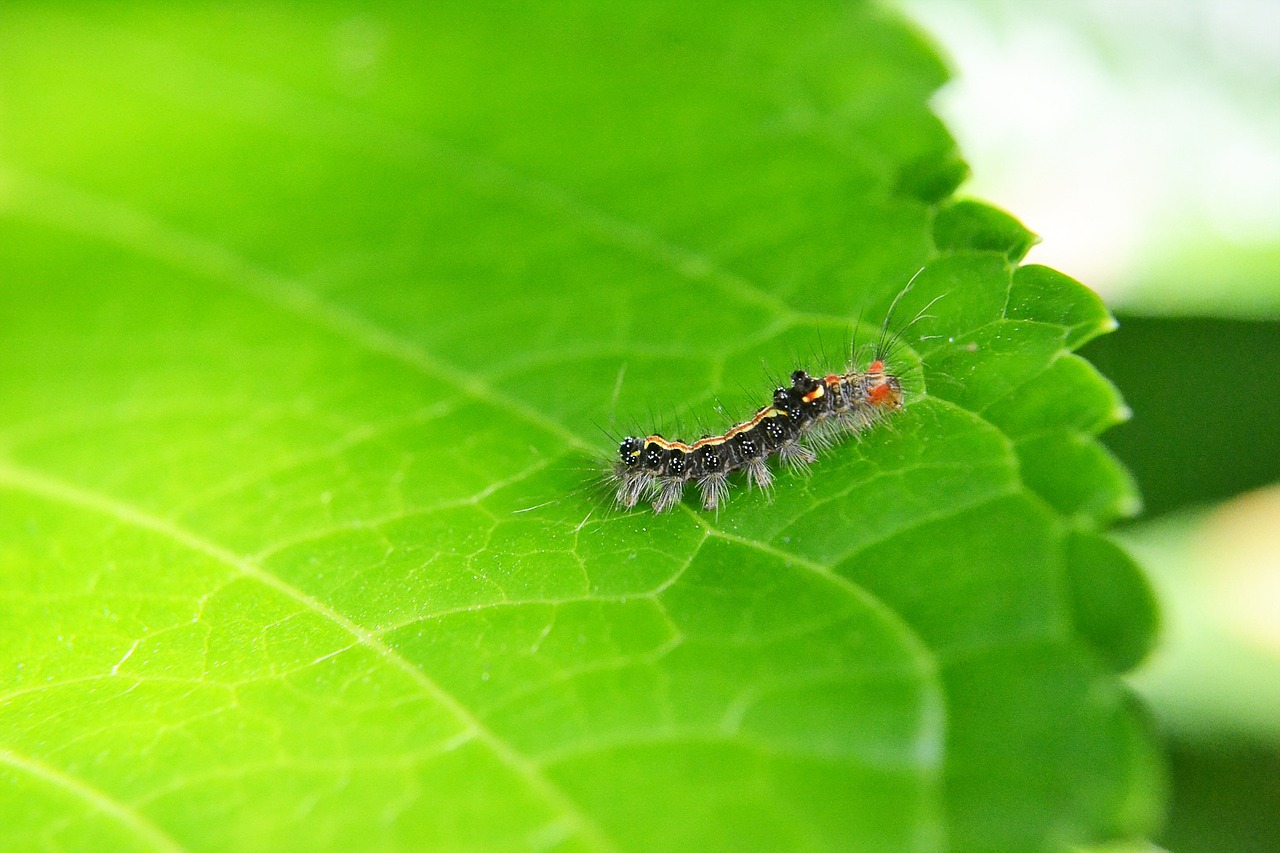A new substance that contributes to sustainable crop production has been reported. This molecule, created simply by combining two molecules found in plants, appears to be effective against diseases and pests. Here, I introduce the research on this molecule.

Antimicrobial Peptide Molecules
Antimicrobial peptides (AMP) are widely distributed in nature and are found in microorganisms, plants, animals, and even the human body. These peptides consist of short chains of amino acids and function as a part of the natural immune response against microbial infections. Antimicrobial peptides are particularly effective at destroying the cell membranes of bacteria and fungi, thereby neutralizing pathogens. This mechanism is different from other antimicrobials, making it difficult for microorganisms to develop resistance to antimicrobial peptides, so they are also expected as a new solution to the threat of antibiotic-resistant bacteria.
In agriculture, antimicrobial peptides act similarly to pesticides. They function by breaking down the cell walls of fungi and insect pests, thereby suppressing the growth of pathogens and damage from pests. Being biological molecules, they have a low environmental impact and may serve as saviors for sustainable crop production. In the research introduced here, an antimicrobial peptide called “NaD1” from tobacco was used. Although NaD1 is an effective molecule with standalone functionality and is specific to tobacco, it has now been further “enhanced.”
Functional Domain Molecules to Enhance Antimicrobial Peptide Function
To maximize the effectiveness of antimicrobial peptides, specific molecular regions called “functional domains” are used. Functional domains exist as short amino acid residues added to specific proteins, influencing the protein’s movement and binding within the body. When a functional domain is added to an antimicrobial peptide, it enhances the peptide’s potency, stability, and specificity. For instance, by having a specific functional domain, the antimicrobial peptide can bind directly to target microorganisms, allowing it to work more effectively. Additionally, functional domains enable peptides to maintain stability under certain conditions, allowing their effects to last longer.
Furthermore, functional domains can add the ability to target specific cells, thus helping to reduce side effects. While antimicrobial peptides are effective against a wide range of microorganisms, the addition of functional domains that focus on specific targets significantly contributes to safety. Therefore, antimicrobial peptides with functional domains are considered very promising for precise control of specific pathogens in agriculture and for improving target precision in medical treatments.
In the example reported, a molecule was created by fusing a domain with high affinity for chitin, called the “chitin-binding domain (CBD),” with the antimicrobial peptide NaD1. Chitin is a polysaccharide that constitutes the cell walls of fungi and insects. The strategy is that the antimicrobial peptide with an added chitin-binding domain can easily bind within fungi and pests, thereby efficiently demonstrating its effects!
Effects of the “Antimicrobial Peptide + Functional Domain” Molecule
The molecule combining the antimicrobial peptide with a functional domain, “NaD1-CBD,” showed superior antimicrobial performance in many respects compared to conventional antimicrobial peptides. First, when testing its responsiveness to the rice blast fungus, NaD1-CBD more effectively suppressed hyphal elongation than NaD1 alone. Adding the functional domain makes it easier for the antimicrobial peptide to deliver direct damage to target microorganisms, which is expected to suppress infection quickly. Furthermore, this combination reportedly enables antimicrobial peptides to avoid microbial defense mechanisms, making them highly effective even against bacteria with antibiotic resistance.
Additionally, the effects on insects also change. Insects treated with NaD1-CBD exhibited a high oxidative stress response. This indicates that NaD1-CBD may have altered the reaction in the insect’s midgut, causing damage, possibly through digestive disorders. The fact that insects treated with NaD1 alone showed lower oxidative stress levels than those treated with NaD1-CBD proves that the added CBD increased the effectiveness.
Beyond NaD1-CBD, molecules combining “antimicrobial peptides + functional domains” have the advantage of acting only on specific microorganisms, minimizing the impact on non-target cells. This enhances the safety of agricultural and medical applications, allowing more efficient control of specific diseases and infections. Additionally, functional domains improve stability, allowing the antimicrobial peptide’s effects to last for an extended period, potentially reducing the need for regular application.
Untapped Business Potential in Plants
The technology that combines antimicrobial peptides and functional domains holds significant business potential for applications in agriculture. In particular, using antimicrobial peptides as a means of plant disease control is an innovative way to achieve efficient crop protection while reducing environmental impact.
Traditional chemical pesticides have been the primary means of protecting against pathogens, but long-term use has been found to negatively affect soil environments and ecosystems. Furthermore, consumers increasingly demand safer, more environmentally friendly agricultural products, boosting the demand for sustainable agricultural technology.
Utilizing the antimicrobial peptides and functional domains inherent in plants offers a new option for disease control in agriculture and could contribute to building a sustainable food production system. Looking towards the future of agriculture, research and development in antimicrobial peptides may soon establish a sustainable agricultural business model in harmony with the environment.



コメント